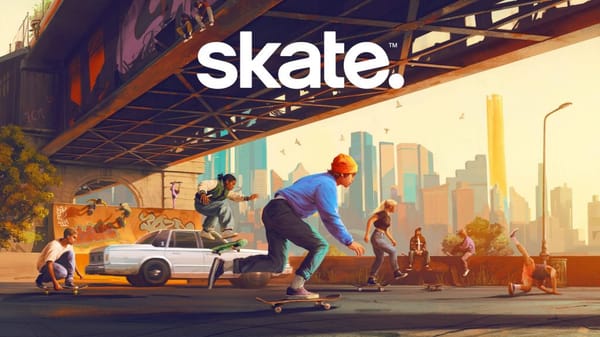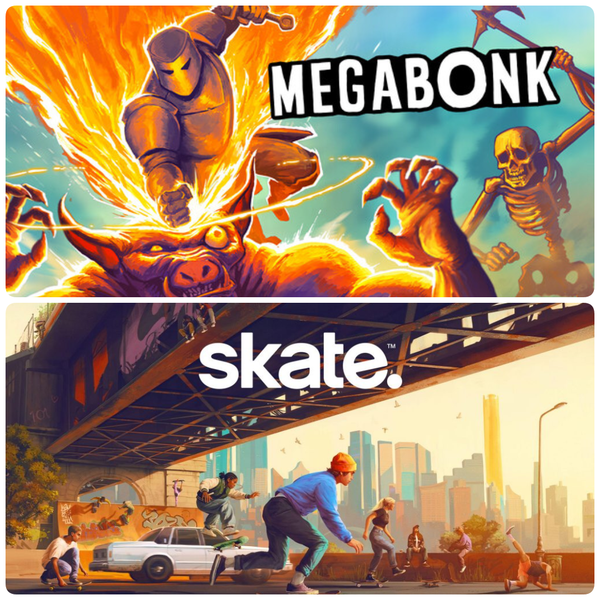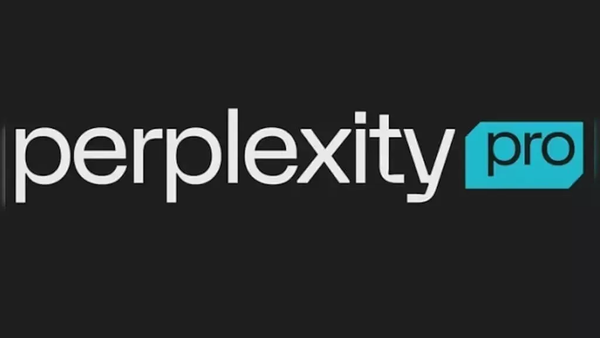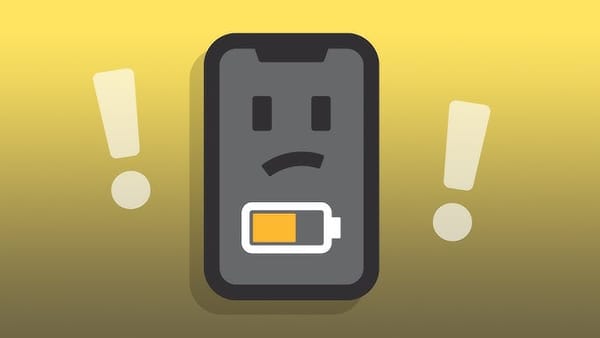Breaking Free from Decision Paralysis: A Guide to Confident Choices
Struggling to make a choice? You’re not alone. Learn proven techniques to cut through analysis paralysis, trust your gut, and move forward with purpose.
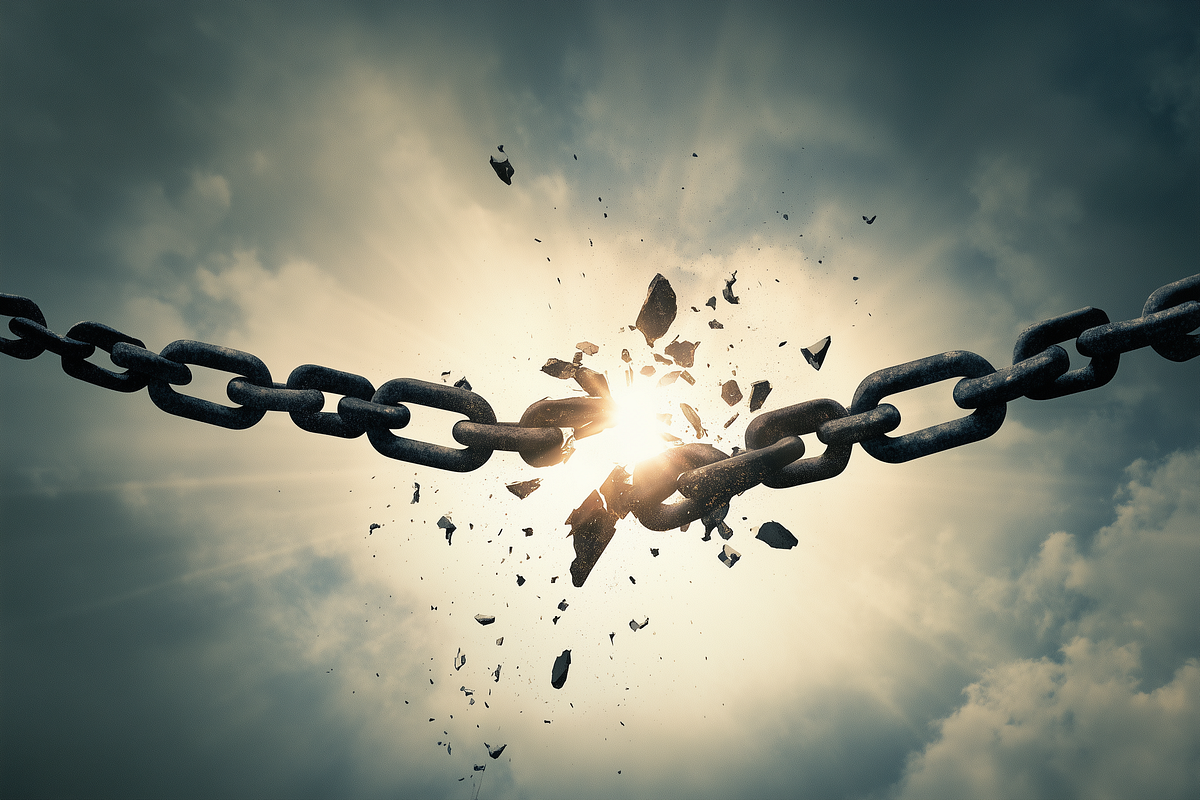
Breaking Free from Decision Fatigue: A Guide to Confident Choices
How many dreams have you let slip away because you couldn’t make a decision?
How many opportunities have passed by while you stood frozen at the crossroads, paralyzed by the fear of choosing wrong?
In the time you spend overanalyzing every option, life moves on — your potential, your passions, your future — all slipping further from your grasp.
The cost of indecision isn’t just missed chances; it’s a life you’ll never get to live. And if you keep waiting, the next time might not even come.
By the end of this article, you’ll have a set of actionable steps that you can start applying right now to regain control and stop letting opportunities slip through your fingers.
These techniques don’t require endless practice, just an adjustment in trusting the process and letting your guard down.
Why Decision-Making Feels So Hard
Most decisions we face in our daily lives aren’t life-altering, yet even small ones can feel crippling. We’re conditioned always to want to make the best choice — who wants to be wrong? If it were up to us, all of our options would be flawless.
But here’s the thing: the fear of being wrong drives this struggle.
Personal insecurities, societal pressure, and our past failures often cloud our judgment, pushing us to overthink even the simplest choices.
Whether you feel confident or uncertain, the struggle usually boils down to one thing: fear of failure.
Yet, there’s something incredibly reassuring here that we often overlook: You wouldn’t be worried about making the right decision if you didn’t already possess the wisdom to evaluate your choices.
You know more than you give yourself credit for. And that’s the key to acknowledging your own growth.
Shifting from Inadequacy to Ownership
Sure, understanding that you’re capable helps, but what about when your decisions impact others?
External factors can complicate things, making us hesitate even more.
You might pass the decision onto someone else, believing they might be better equipped.
But ask yourself — would they make a better decision than you? Probably not. If they were better suited, they’d already be in charge of making that decision.
Passing the responsibility to someone else only reaffirms that you’re trying to escape the choice itself.
But does that really absolve you?
The thing is, you’re likely better positioned to make the right choice — you’re the one who knows the situation inside out.
Even when the stakes affect other people, your role in making that decision gives you power.
Consider this: If you hand the responsibility over, you also give away the opportunity to learn, grow, and control the outcome.
If you embrace the responsibility, even if things don’t go perfectly, you’re still in control of your path.
The Fallacy of Seeking External Solutions
We often seek advice or validation from others when facing decisions. But there’s a catch: no one outside of your personal experience can fully grasp the complexity of your situation. Not your closest friend, your partner, or even your family.
I’ve discussed this at length in my article The Cage of Society, where I delve into how external influences can control our choices, often leaving us paralyzed or stuck in lives shaped by others’ expectations.
To fully embrace decision-making, it’s crucial to step out of that societal cage.
You need to stop asking for external validation and start trusting that you already know what to do.

Debunking the Myth of the “Right” Choice
Here’s a secret: there is no “right” choice. The idea that life has clear-cut right and wrong decisions is a myth.
What exists are choices that will either advance or delay your progress, depending on what you value. Some decisions carry more immediate consequences; others are long-term investments.
Instead of thinking of decisions as binary (good or bad), picture them as a spectrum.
The better question to ask is: How does this decision fit into the bigger picture? Will it push me closer to where I want to go, or will it simply delay things?
For example, deciding whether to invest in a course for career development might seem daunting.
You may worry about the cost, time, and effort required. But is it really the wrong choice if it takes you closer to a long-term goal, even if the payoff isn’t immediate? The “right” decision is often a combination of calculated risk and a broader understanding of your life’s trajectory.
Connecting to Passive and Effortless Existence
Decision paralysis is often rooted in the fear of outcomes and the unknown, which can lead to two opposing states of being: passive existence and effortless existence. How you navigate choices and actions can directly determine which of these states you drift toward.
Passive Existence: Letting Life Happen to You
If you continually avoid making decisions, you’ll find yourself in a passive state. Imagine being caught in the flow of a river, not steering your own course but letting the currents decide where you’ll go.
That’s passive existence. Every time you dodge making a choice out of fear, you give more control to external forces, whether they be other people or life circumstances.
Living passively doesn’t just prevent growth, it deprives you of autonomy. Instead of making choices and driving your life, you’re letting life drive you.
This passive state is seductive in its comfort — after all, if you’re not making decisions, you can’t be held accountable for failure, right? But it’s also the fastest way to let your potential slip through your fingers.
If this resonates, you’re not alone. In my article Passive Existence, I explore how this state can rob us of personal power. If you’re interested, check it out for deeper insights into how to break free from a life of passivity.

Effortless Existence: When Choices Become Second Nature
On the other hand, making decisions frequently and learning from them brings you closer to an effortless existence.
This doesn’t mean you never encounter hard choices , but with practice, decision-making becomes fluid and intuitive.
You learn to trust yourself and move forward without the crippling weight of overanalysis.
Effortless existence is the goal: where life isn’t absent of challenges but where you flow with them.
By embracing decision-making as part of growth, you begin to unlock this state. You’ll notice that, after a while, things that once seemed like monumental decisions now feel like manageable steps.
In my paper that covers how to live an Effortless Existence, I explore how this state arises from making aligned, intentional choices. It’s not about avoiding decisions or struggle — it’s about syncing with your true path so the choices that once seemed daunting become clear.

Practical Methods for Better Decision-Making
Now that we’ve tackled the mindset, let’s move into practical, easy-to-apply methods that can help you make better decisions without the paralyzing weight of overthinking.
Pros and Cons List: The Classic
Weighing out the benefits and drawbacks of each option might seem like an obvious approach, but it’s often underutilized in everyday decisions. The power of this method lies in its simplicity ; putting things down on paper clarifies what’s been floating around in your head.
For example, if you’re torn between moving to a new city or staying where you are, list the pros and cons. Moving might offer new job opportunities and personal growth, but it could also mean leaving behind close relationships.
This method forces you to confront both the tangible and emotional aspects of a decision, giving you a more comprehensive view. It’s not just about clarity, it’s about giving yourself the tools to make an informed, grounded decision.
Percentage Rule: The Numbers Don’t Lie
This is all about probability. Look at the odds and make your decision based on which option has a higher chance of success or a better outcome.
For instance, imagine you’re investing money, and you’ve got two choices: one stock has a 60% chance of steady growth, while the other has a 40% chance of giving you a larger but riskier return.
By choosing the option with the higher percentage of success, you’re stacking the odds in your favor. This method also incorporates the Pareto Principle (the 80/20 rule), which suggests that 80% of your results come from 20% of your efforts.
Focus on the decisions that offer the most significant potential benefit. If one option clearly outweighs the other, it’s the obvious choice.
Ripple Effect: Think Long-Term
Every choice creates ripples. Consider how each decision will affect the broader picture.
Let’s say you’re deciding whether to take on a new project at work. It might seem like a good idea in the short term, but what if it leads to burnout or affects your relationships outside of work?
Conversely, it could lead to a promotion or open doors you hadn’t considered. The ripple effect method encourages you to think beyond the immediate outcome and consider how your decision will impact the long-term trajectory of your life.
Does this decision create a positive ripple, leading to more good outcomes, or does it set off negative consequences?
Time Horizon Test: Short-Term Pain, Long-Term Gain
The Time Horizon Test challenges you to think about the short-term versus long-term impact of a decision.
If you’re contemplating going back to school, for instance, the short-term cost might be a financial strain or a loss of free time.
However, in the long term, it could lead to career advancement and a higher income.
This method is about prioritizing your future self.
The short-term discomfort of making a difficult choice often leads to long-term rewards. Think about what future you would thank you for.
Zero-Choice Rule: When It Doesn’t Matter, Don’t Overthink
For decisions that don’t have significant long-term impacts, stop wasting time agonizing over them.
If you’re spending more than 10 minutes debating what to eat for lunch, it’s a sign that you’re overthinking.
In these cases, make a random choice and move on. Save your mental energy for decisions that actually matter. If it doesn’t affect the bigger picture, don’t let it consume you.
Final Thoughts
Indecision is the ultimate thief of time and potential. The real tragedy isn’t making the wrong choice — it’s not choosing at all.
You’ve learned that you’re more equipped than you give yourself credit for, and by using these methods, you can stop wasting time, energy, and opportunities. Start making decisions with confidence. Trust yourself, and remember: life doesn’t wait.
Thank You for Reading!
If you’ve made it this far, I want to say thank you for taking the time to dive into this article.
If anything here resonated with you, or if you’ve found it helpful in your own journey, I’d love to hear your thoughts!
You can reach me directly at [email protected], or connect with me on social media.
Your feedback is invaluable, and I’m excited to hear what you think.
